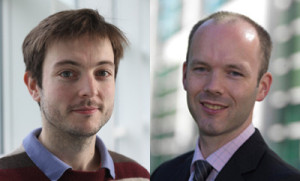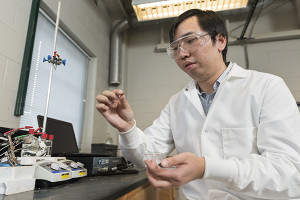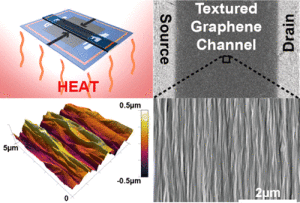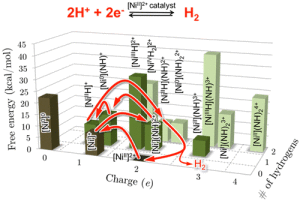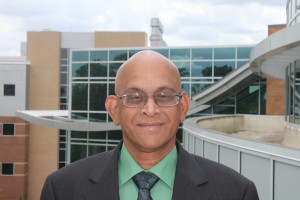ECS’s Industrial Electrochemistry and Electrochemical Engineering Division (IE&EE) has presented two distinguished student awards to be accepted at the 227th ECS Meeting this May in Chicago, IL.

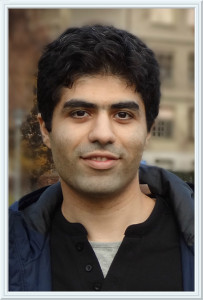 The IE&EE Student Achievement Award will be presented to Mohammad Mahdi Hasani-Sadrabadi of the Georgia Institute of Technology.
The IE&EE Student Achievement Award will be presented to Mohammad Mahdi Hasani-Sadrabadi of the Georgia Institute of Technology.
Hasani-Sadrabadi is currently a graduate researcher studying bioengineering at Georgia Tech. Aside from his current studies, Hasani-Sadrabadi spent time at the Swiss Federal Institute of Technology in Lausanne, where he developed microfluidic platforms for controlled synthesis of polymeric nanoparticles. In 2007, he began his research on fuel cells while at Amirkabir University of Technology. He continued to establish the Biologically-Inspired Developing Advanced Research (BiDAR) group as an international collaborative research time. His main research area of interest is the development of bio-inspired nanomaterials for energy and biomedical applications. Take a peek at Hasani-Sadrabadi’s award address: “Anhydrous High-Proton Conductor Based on Ionic Nanopeapods.”
The IE&EE Student Achievement Award was established in 1989 to recognize promising young engineers and scientists in the field of electrochemical engineering and to encourage participants to initiate careers in this field. (more…)


